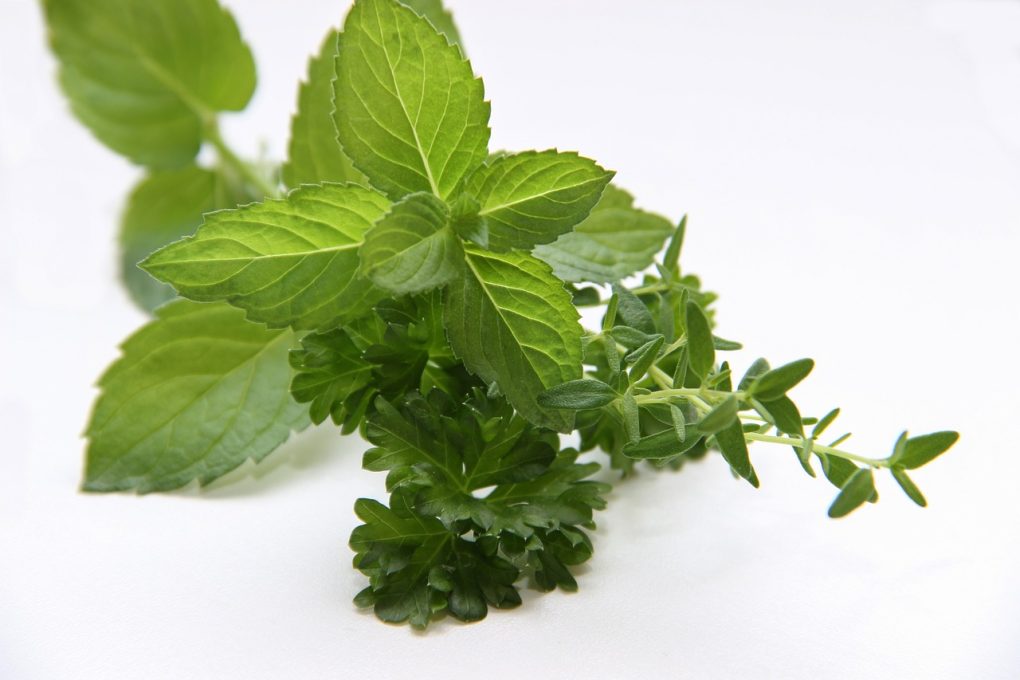
Asparagus is a popular vegetable with many health benefits. It is high in nutrition, low in calories, and packed with vitamins and minerals. But what do asparagus taste like? In this article, we will explore the delicious world of asparagus and discover what it tastes like.
Nutritional Profile of Asparagus
Asparagus has many nutritional benefits. It is high in fiber, vitamins A, C, and K, and minerals such as iron, calcium, magnesium, and potassium. It also contains antioxidants that help protect your body from oxidative damage caused by free radicals. Asparagus is low in calories, contains no fat, and is a great source of plant-based protein.
The Flavor of Asparagus
Asparagus has a unique flavor that ranges from sweet to nutty and can vary depending on how it is cooked. When eaten raw, it has a mild, grassy taste. When cooked, it develops a more robust flavor with a slight bitterness. Asparagus also has a slight sulfur-like aroma when cooked, which some people find unpleasant.
Different Ways to Enjoy Asparagus
Asparagus can be enjoyed in many different ways. It can be boiled, steamed, roasted, grilled, or sautéed. It can also be eaten raw in salads or used as an ingredient in soups and stir-fries. Asparagus pairs well with butter, herbs, garlic, lemon, and other vegetables such as mushrooms and tomatoes.
Health Benefits of Asparagus
Asparagus is a nutrient-dense vegetable that is packed with many health benefits. It is high in fiber, which helps support healthy digestion and regular bowel movements. It is also a good source of antioxidants, which help reduce inflammation and protect against oxidative damage caused by free radicals. Asparagus is also low in calories and contains no fat, making it a great choice for those looking to lose weight or maintain a healthy weight.
What Does Asparagus Taste Like?
Asparagus has a unique flavor that can range from sweet to nutty and varies depending on how it is cooked. When eaten raw, it has a mild, grassy taste. When cooked, it develops a more robust flavor with a slight bitterness. Asparagus also has a slight sulfur-like aroma when cooked, which some people find unpleasant.
How to Buy and Store Asparagus
When shopping for asparagus, look for bright green stalks that are firm and free of blemishes. Avoid stalks that are limp, wilted, or have dried tips. Asparagus should be stored in a sealed container in the refrigerator for up to five days.
How to Prepare Asparagus
Asparagus can be enjoyed in many different ways. It can be boiled, steamed, roasted, grilled, or sautéed. It can also be eaten raw in salads or used as an ingredient in soups and stir-fries. Asparagus pairs well with butter, herbs, garlic, lemon, and other vegetables such as mushrooms and tomatoes.
Recipes Using Asparagus
Asparagus is a versatile ingredient that can be used in many different recipes. Here are some delicious recipes that showcase the delicious flavor of asparagus:
- Roasted Asparagus with Parmesan
- Grilled Asparagus with Lemon and Garlic
- Creamy Asparagus Soup
- Asparagus and Mushroom Stir-Fry
- Roasted Asparagus with Balsamic Vinegar
Conclusion
Asparagus is a delicious and nutritious vegetable with many health benefits. It has a unique flavor that ranges from sweet to nutty and can vary depending on how it is cooked. Asparagus is a versatile ingredient that can be used in many different recipes. Whether you enjoy it boiled, steamed, roasted, grilled, or sautéed, asparagus is sure to please your taste buds.
What do asparagus taste like? Now you know!





